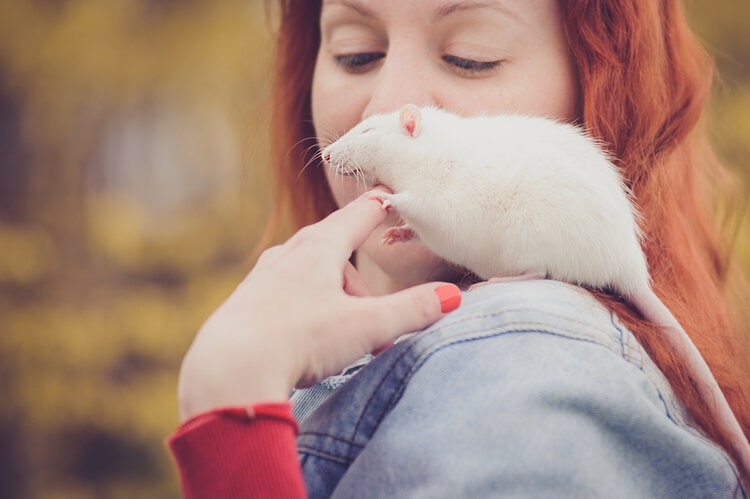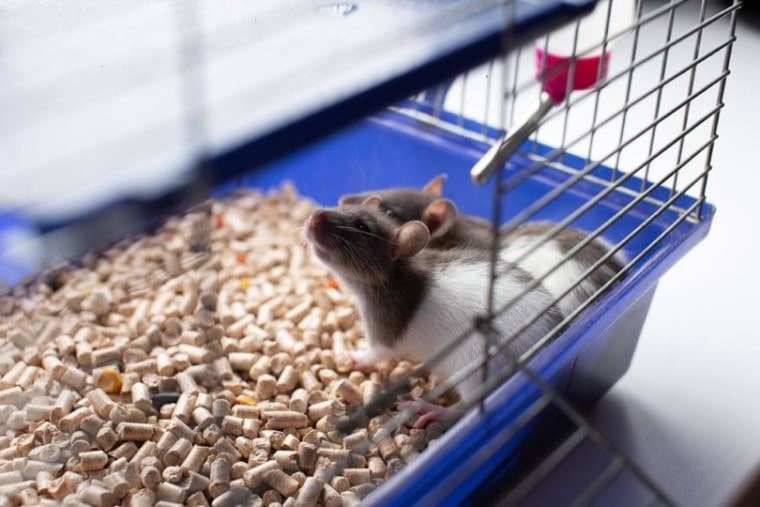
Everyone knows that rats are brilliant animals. In fact, they consistently rank in the top 10 smartest animals in the world. Even those who love rats might be surprised to realize that you can actually potty train them.
A major turn-off for potential owners is the mess that comes with caged animals. They just use the bathroom all over the cage, and you have to smell it—we get it. But litter training is a solution to any apprehensions you might have.
The 5 Steps to Litter Train a Rat
Rats are constantly using the bathroom. Even after a full cage cleaning, you will probably be able to smell the urine within the first few days. Rat urine contains ammonia, which is extremely odorous and noticeable.
It’s not good for you to breathe it in—and it’s definitely not good for your rats to live in it, either. Not to mention, rat waste can contain lots of bacteria that can cause sickness. Making bathroom time an orderly situation in the cage solves the dilemma.
But how do you litter train a rat?
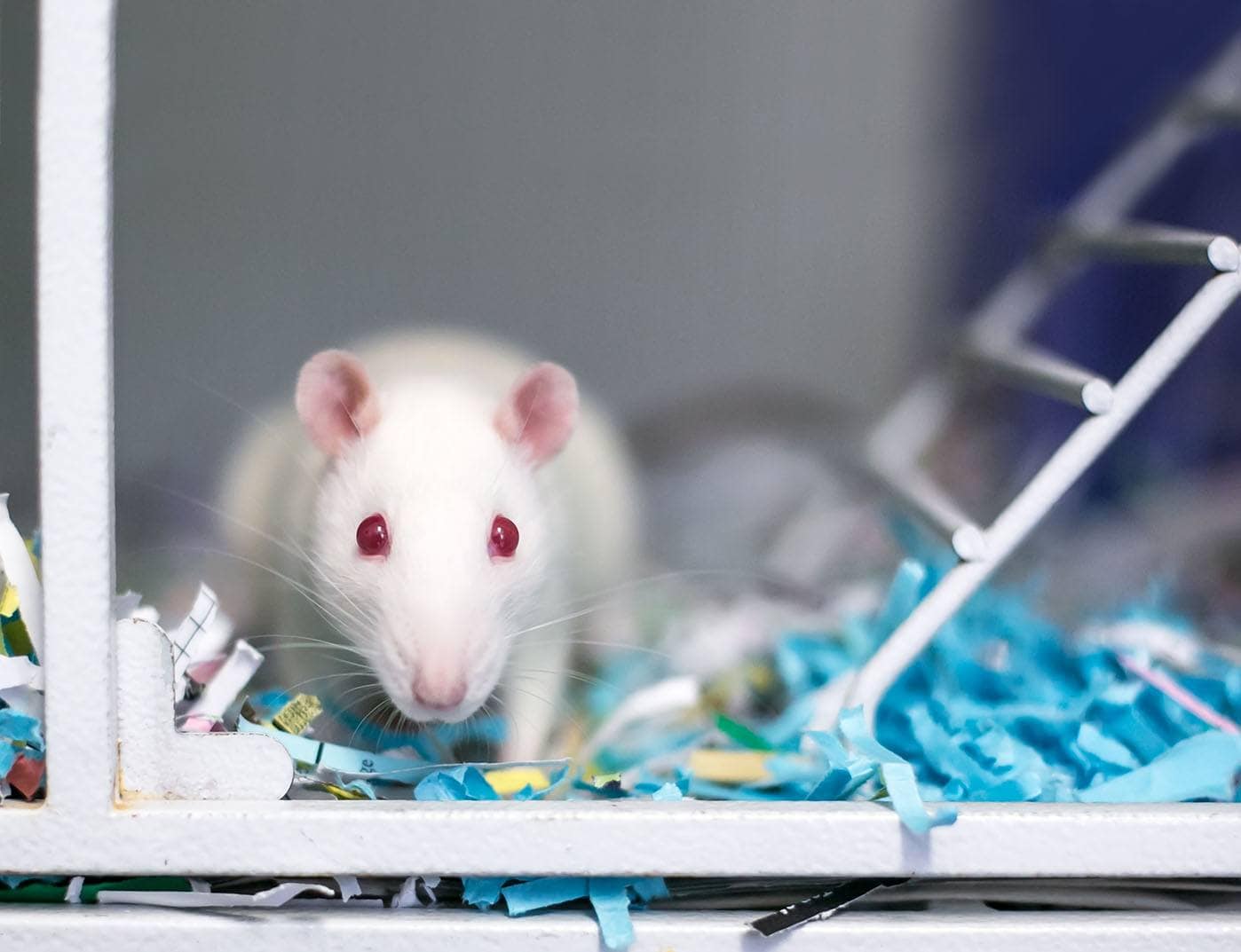
1. Offer Many Litter Boxes
Cages can sometimes be quite large, so having only one litter box to start with might make things complicated. If you want your rat to learn quickly, put a litter box in each corner of the cage.
If you have multi-levels, do the same. For instance, if you have three tiers, it wouldn’t be a bad idea to have small boxes in each corner of every level.
You’ll start to notice over time that your rats favor some corners over others. Once you start pinpointing where your rat wants to go, the easier it will be to downsize later.
2. Choose a Separate Type of Bedding
To distinguish the difference between the litter box and the rest of the cage, use two different bedding types. They need to smell that the rest of the cage is for lounging, and their boxes are for bathroom visits.
Each person will have their preferences for bedding. Some prefer the woody aroma of aspen chips, while others like recycled bedding.
It’s totally up to you as a pet parent. However, it’s essential to know that certain wood shavings like pine and cedar contain certain toxins that can cause significant health issues in small mammals.
Once your rat is completely litter trained, you could use fleece bedding for the main spaces. However, until your rat is well on its way to proper bathroom etiquette, you might want to skip the fleece. Try using easily disposable options in the beginning.
You want to select bedding and litter that is ultra-absorbent. Materials like newspaper or paper towels aren’t sufficient for rat urine.

3. Eliminate One Litter Box at a Time
Once you notice that your rat is starting to use the litter boxes, try removing one at a time. You can take more out until there’s only one remaining if you choose. Or you can always leave a litter box on each level of the cage.
How many you wind up keeping in use is really up to you and the cage setup. With multi-level cages, sometimes it’s more convenient for your rats to have a box on every level—making trips quick and easy. That way, there’s no temptation to have an accident.
If you have multiple rats, it’s an excellent idea to offer more than one. Rats use the bathroom often. Just one rat leaves 35–55 droppings per day—and that’s not counting number one. Having multiple boxes can eliminate smells, but you should still switch out the litter daily.
No matter how hard you try, pets will always leave you cleaning up smells, stains, vomit, hair, and everything in between. With the Hepper Advanced Bio-Enzyme Pet Stain & Odor Eliminator Spray, you can advance your clean-up routine!
- ADVANCED ENZYMATIC CLEANER - Penetrates the most stubborn smells and stains at the deepest molecular...
- FOR ANY MESS, ON ANY SURFACE - This pet odor eliminator cleans your carpets, floors, furniture,...
- FRESH, NATURAL ODOR - Our unique formulation doesn't rely on dangerous or unpleasant chemical...
It permanently removes the very worst pet stains and smells (and truly makes clean-up a breeze). Click here to learn more, order a bottle, and freshen up your home today.
At Pet Keen, we’ve admired Hepper for many years, and decided to take a controlling ownership interest so that we could benefit from the outstanding products of this cool cat company!
4. Put Waste into the Box
For your rat to get acclimated to the process, anytime they have an accident outside the litter box—simply put the waste back into the box. When they’re sniffing around the cage, they will get the hang of it.
It might be a bit of a process at first, but repetition is everything. The more you remind them, the more it will stick. Trust us—if your rat can master mazes, they can conquer litter training.
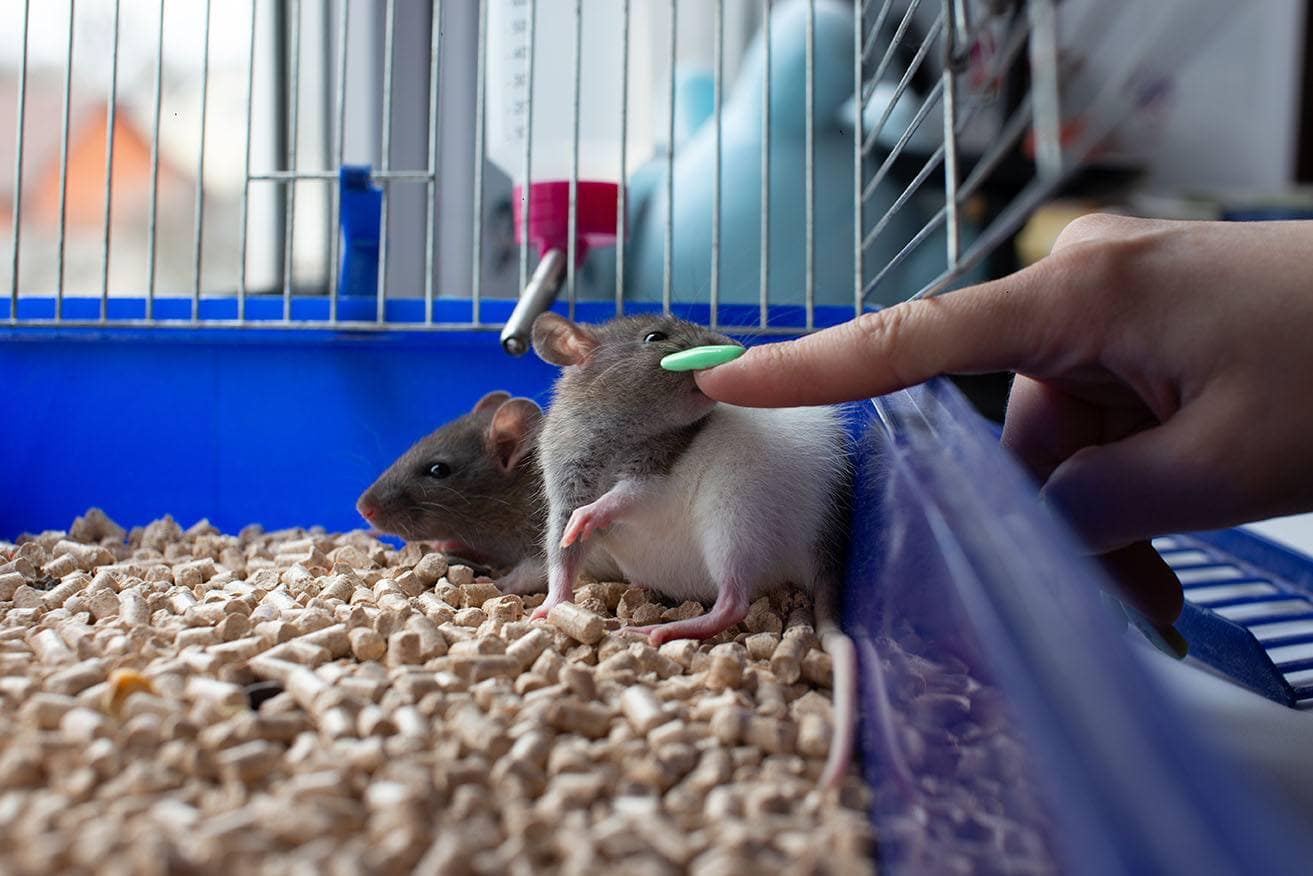
5. Be Patient, Repetitive, and Consistent
The magic won’t happen overnight. Like anything else, this is all a process. Remember that they are learning, and this is all new to them. It won’t be very hard at all for your rat to get the hang of things—even if they are fully grown when you try.
The key is to keep up the pace by making sure the waste goes where it should. Change bedding when they have an accident. Try to repeat the same methods every time until they catch on.
Perks of a Litter-Trained Rat
When it comes to litter training your rats, there are really no downsides.
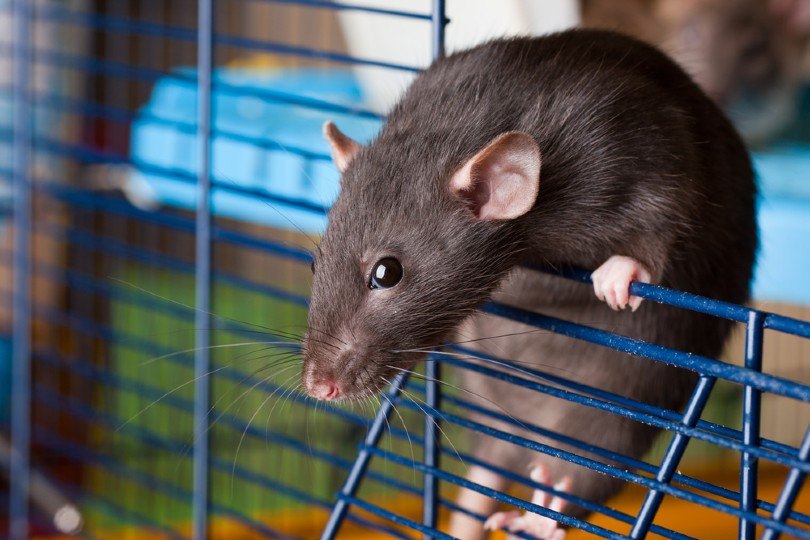
Can Adult Rats Learn to Use a Litterbox?
It might be more challenging to train an adult rat, especially if they had no concept up to this point. But nothing is impossible with these smart little rodents. If your rats are used to using the whole cage as a litter box, it might just take a bit longer to catch on.
But don’t let age play a role in your choice. Any rat from any stage can successfully learn to use the litter box.
Products for Litter Training
You can make litter boxes out of old boxes or inexpensive disposables. But there are also products you can buy, too.
Chewy offers several litter boxes designed for a rodent cage. Also, there are tons of litter options, so you can choose the kind that works best for your rats.
Some Facts About Rats
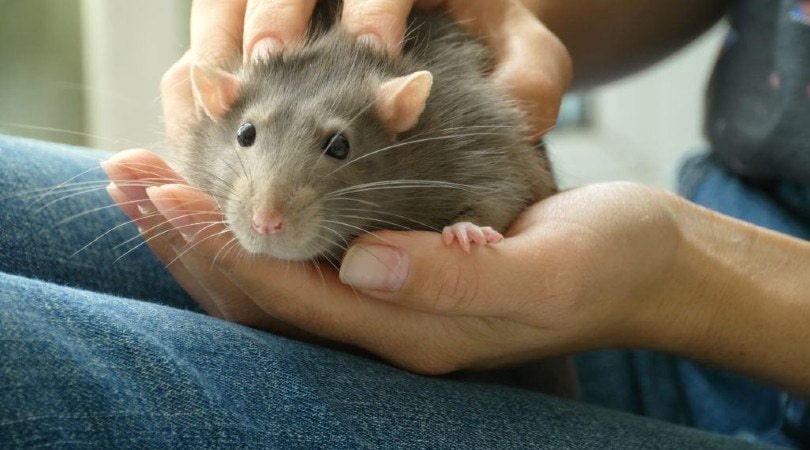
Rats are incredible creatures that learn quickly and love fiercely. They get a bad rap because of—you know—the plague times. But if you take a moment to learn, rats are actually remarkable and carry so much potential. Here are some cool rat facts to reflect on.
Summary
It might sound intimidating to litter train a rat. After all, it may take the time you don’t have. But hopefully, you see this process can be very seamless. Just practice a little patience and invest some time upfront—your rat will stick to potty time in the corner in a jiffy.
Having a cage of rats can be stinky and messy sometimes. The more organized you are with the cage, the better off you and your pet will be.
Looking for more information about rats? Check out:
Featured Image Credit: Alena Sharuk, Shutterstock








